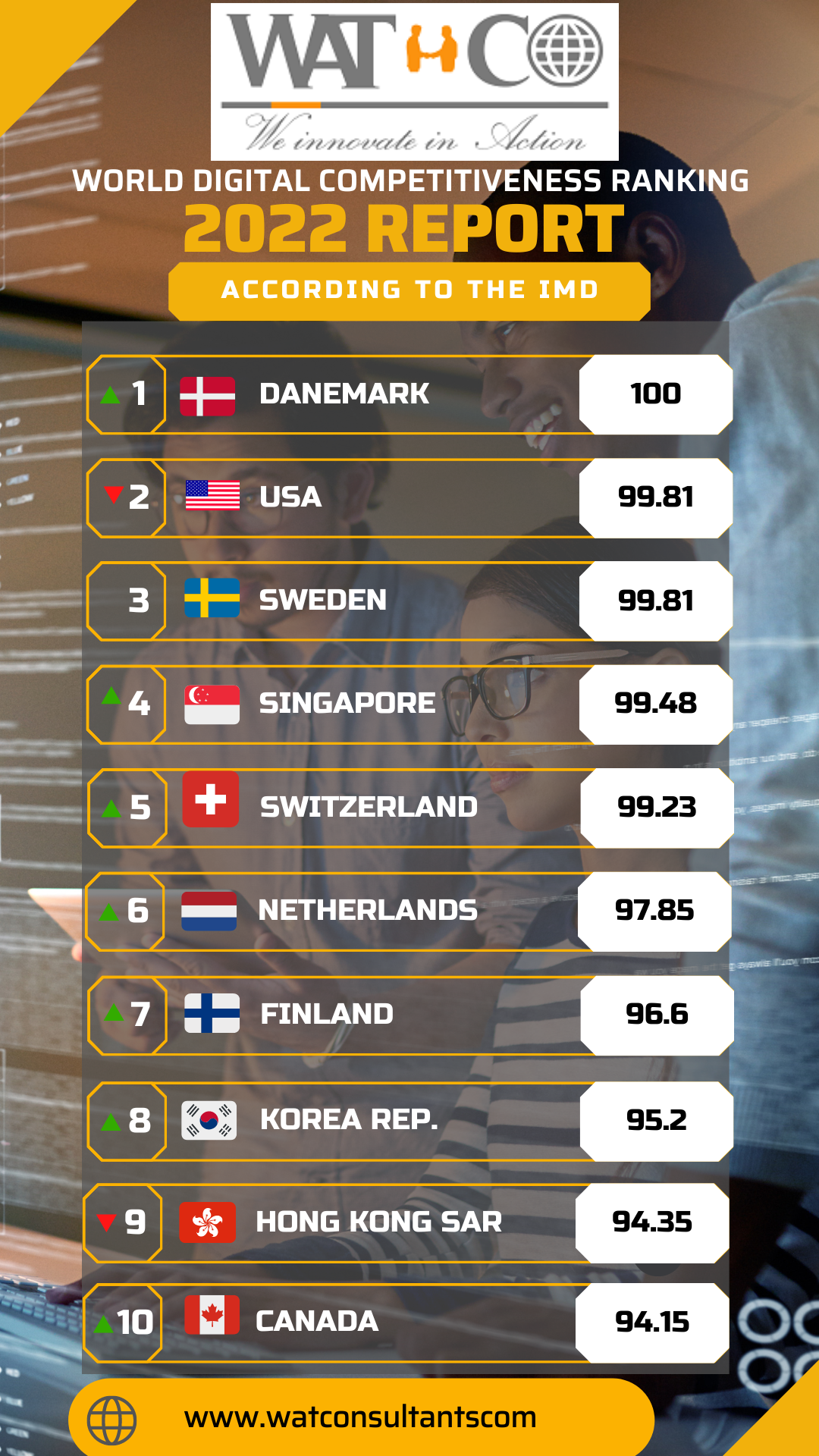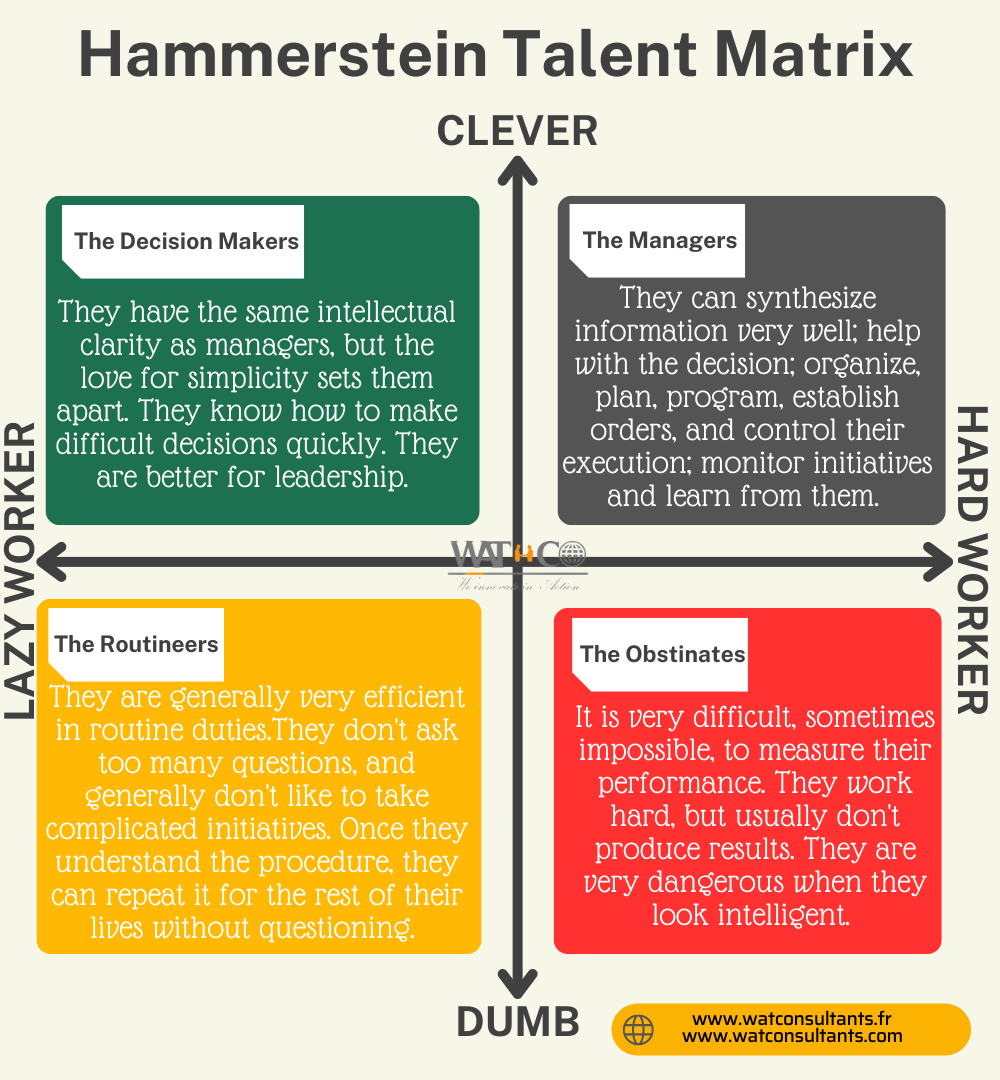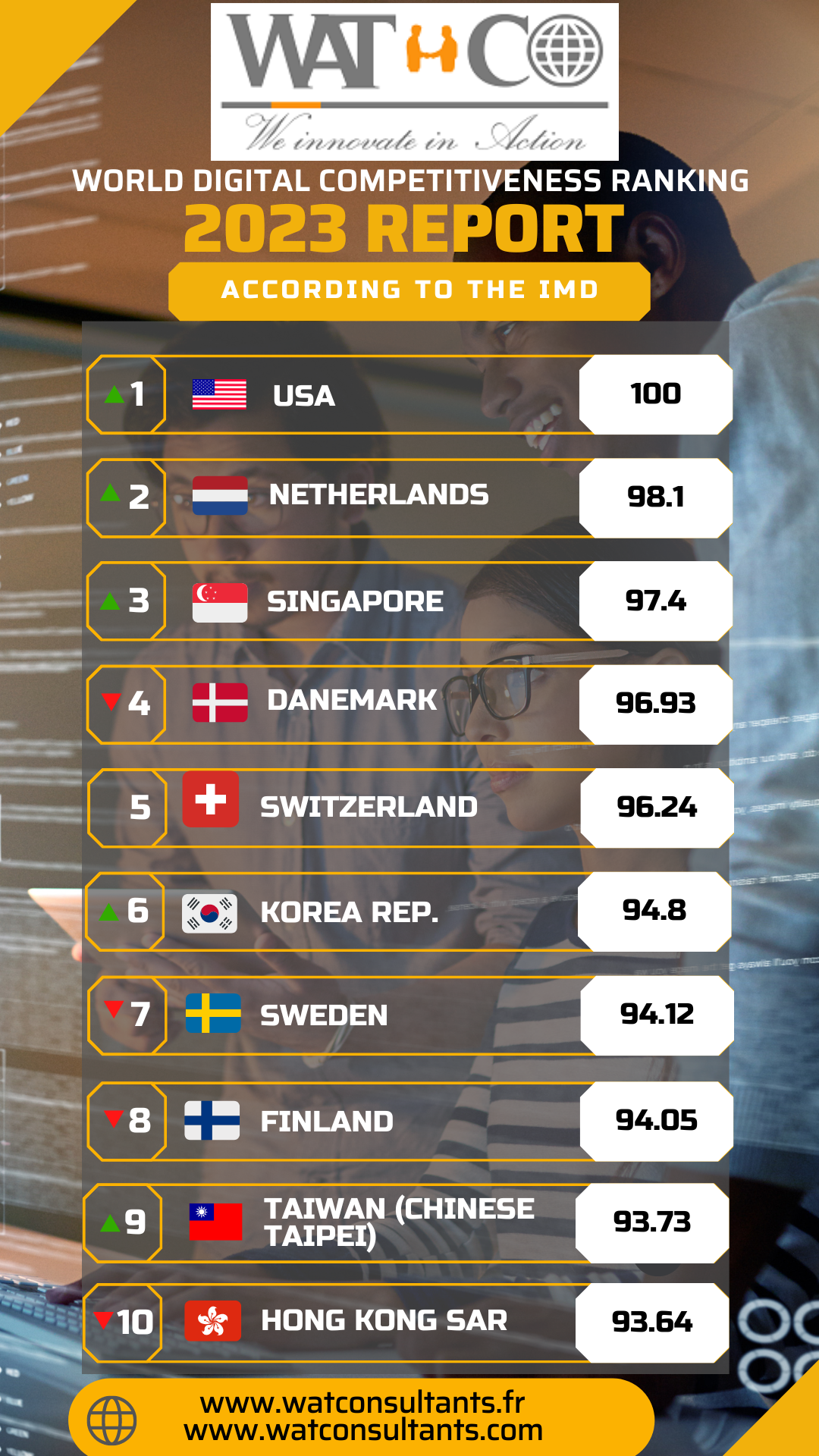
Country-level digital competitiveness rankings worldwide as of 2022
Denmark excels in the ranking which measures how well economies are exploring new technologies.
Denmark's triumph is largely due to its outstanding performance in future readiness: defined as "the country's level of readiness to harness digital transformation". Denmark performs very well in agility and IT integration, as well as an excellent level for its adaptive attitudes.
According to the IMD, its global digital competitiveness ranking "measures the ability and readiness of economies to adopt and explore digital technologies as a key driver of economic transformation for businesses, governments and society at large" .
The USA lost their leading position, but for a difference of 0.19.
In the United States, they spend more than 250 billion dollars each year on the development of computer applications of approximately 175,000 projects. The average cost of a development project for a large company is $2,322,000; for a medium-sized business, it's $1,331,000; and for a small business, it's $434,000. Many of these projects will fail. Software development projects are in chaos, and we can no longer imitate the three monkeys -- hear no failures, see no failures, speak of no failures.
Standish Group research shows that:
- 1% of projects will be canceled before they are even completed.
- 7% of projects will cost 189% of their initial estimates.
- The cost of these failures and overruns is just the tip of the proverbial iceberg.
- The lost opportunity costs are not measurable, but could easily run into the trillions of dollars. One need only look to the city of Denver to realize the extent of this problem. Failure to produce reliable software to manage baggage at Denver's new airport is costing the city $1.1 million a day.
On the success side, the average is only 16.2% for software projects completed on time and within budget. In large companies, the news is even worse: only 9% of their projects are completed on time and on budget. And, even when these projects are complete, many are only a shadow of their original specifications. The projects made by the largest American companies have only about 42% of the characteristics and functions initially proposed. Small businesses do much better. In total, 78.4% of their software projects will be deployed with at least 74.2% of their original features and functions.
There is one final aspect to consider in any degree of project failure. All success is rooted in either grace or failure. If you start with grace, you learn nothing but arrogance. However, if you start with failure and learn to evaluate it, you also learn to succeed. Failure breeds knowledge. From knowledge you gain wisdom, and it is with wisdom that you can truly succeed.
Introducing Business Analysts (such as CBAP) is a great way to increase predictable results and quality metrics. The information and structure around Business Analysis provided by the BABOK lead to an improvement in the technical application of the methods applied by Business Analysts . The impacts can be seen in the results of the global digital competitiveness ranking. The 10 countries popularized the business analyst profession .
We can see that no French-speaking country for 05 years is included in this ranking. And on the other hand, we can note a shortage/ignorance of Business Analysts in the French-speaking markets.
If we finally want to reverse the trend, we should therefore focus our efforts on training Business Analysts and architects! Do you want to be part of this revolution? Click here to register for the next cohort of Business Analyst training according to the IIBA.





